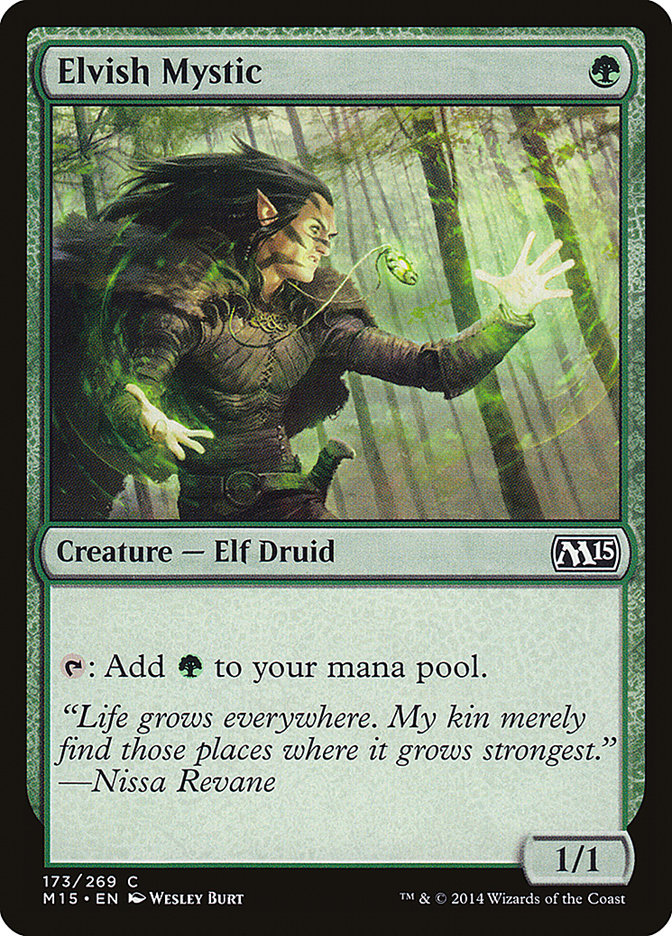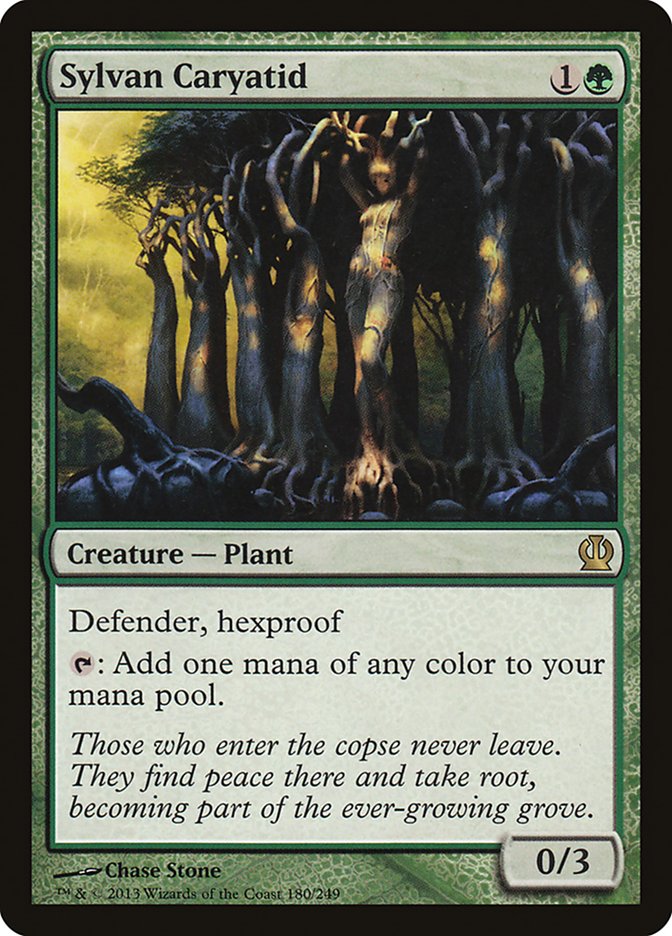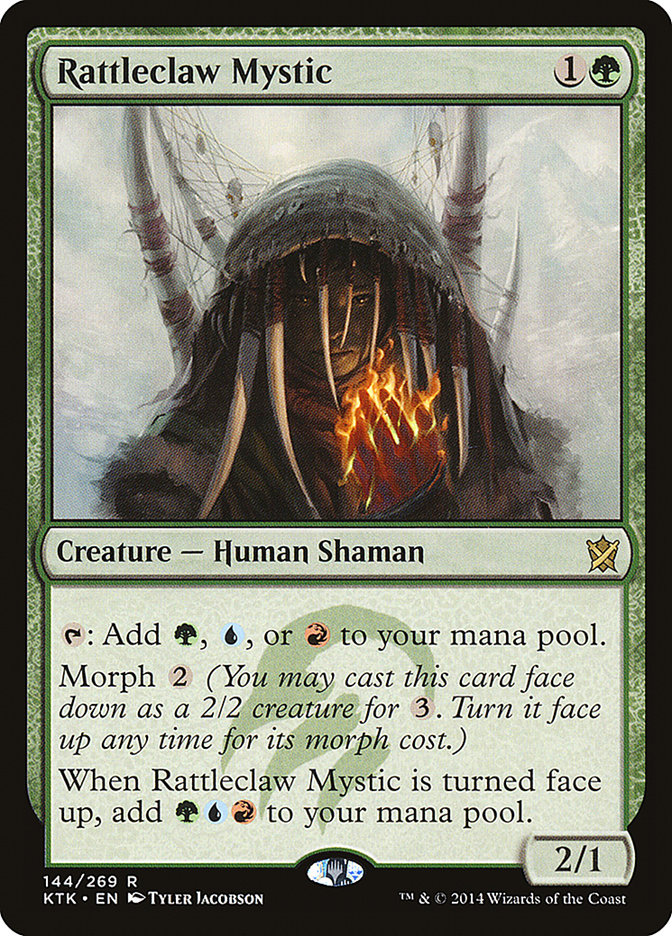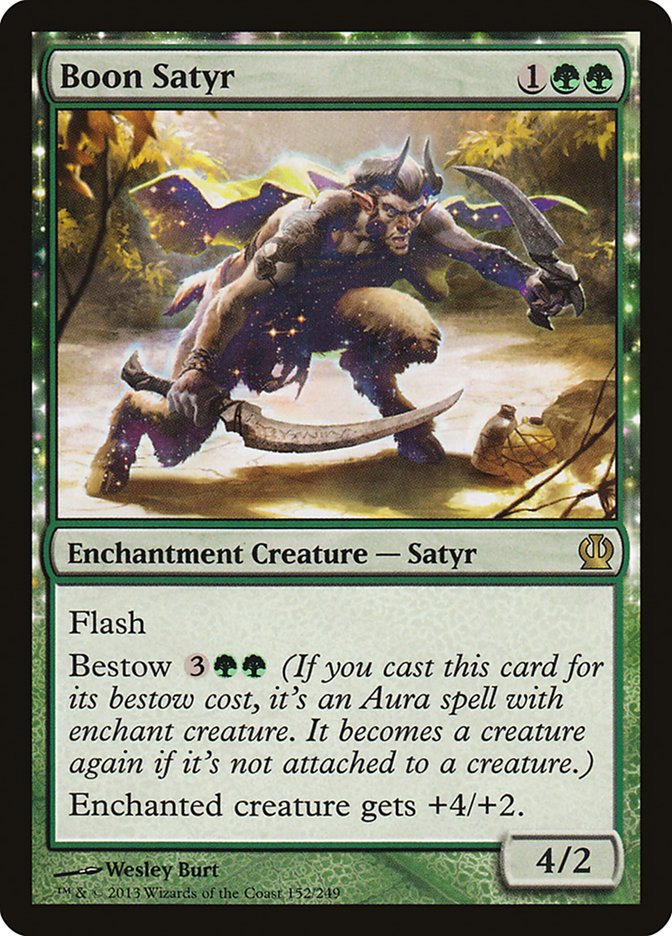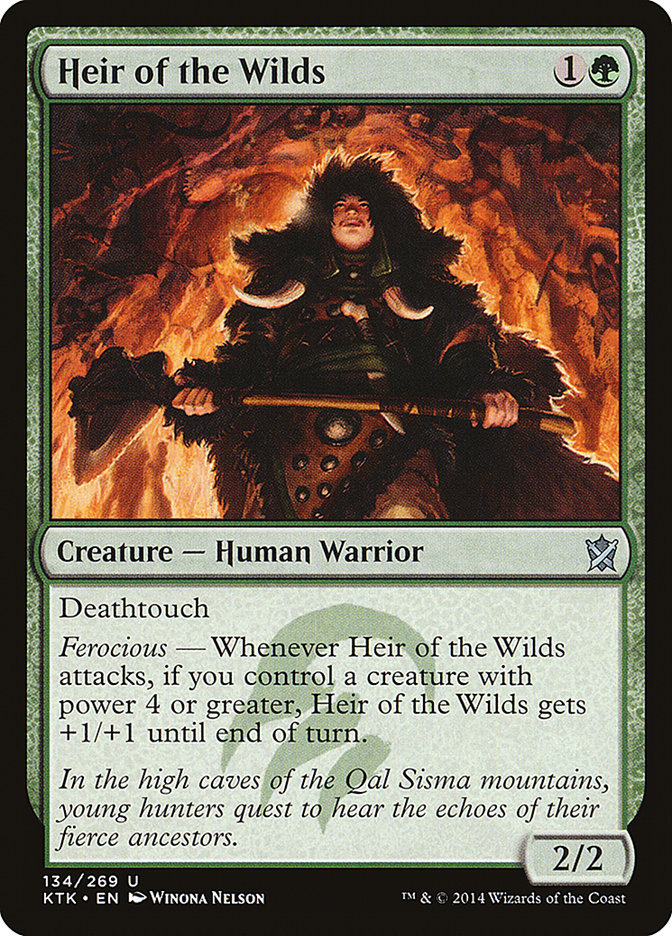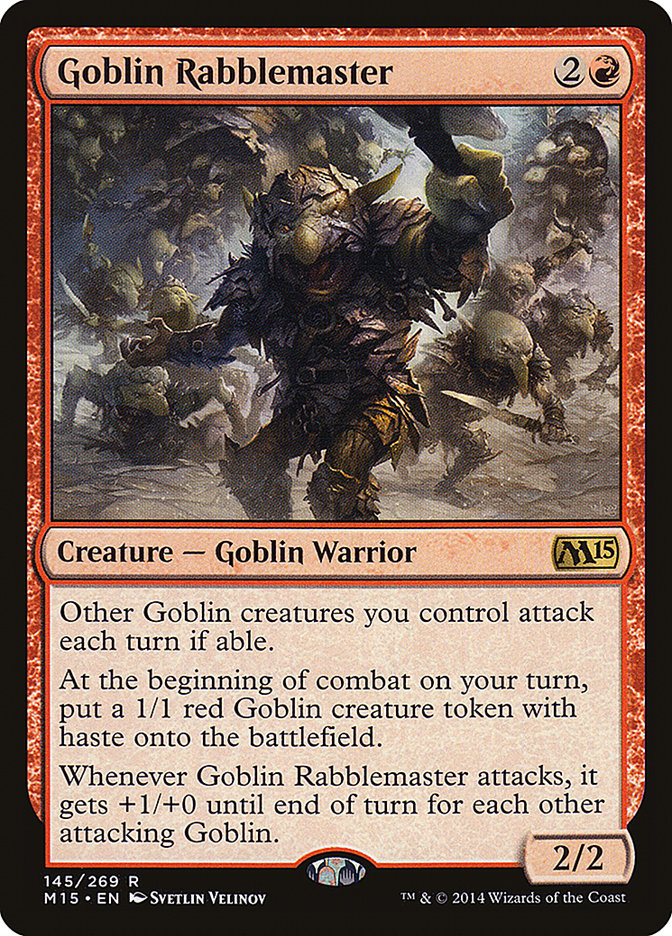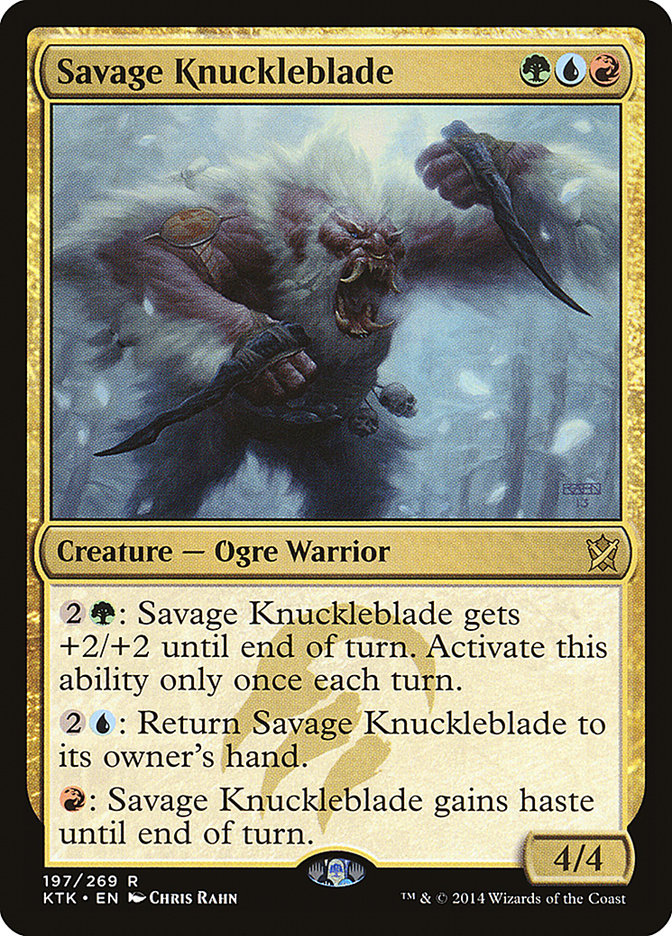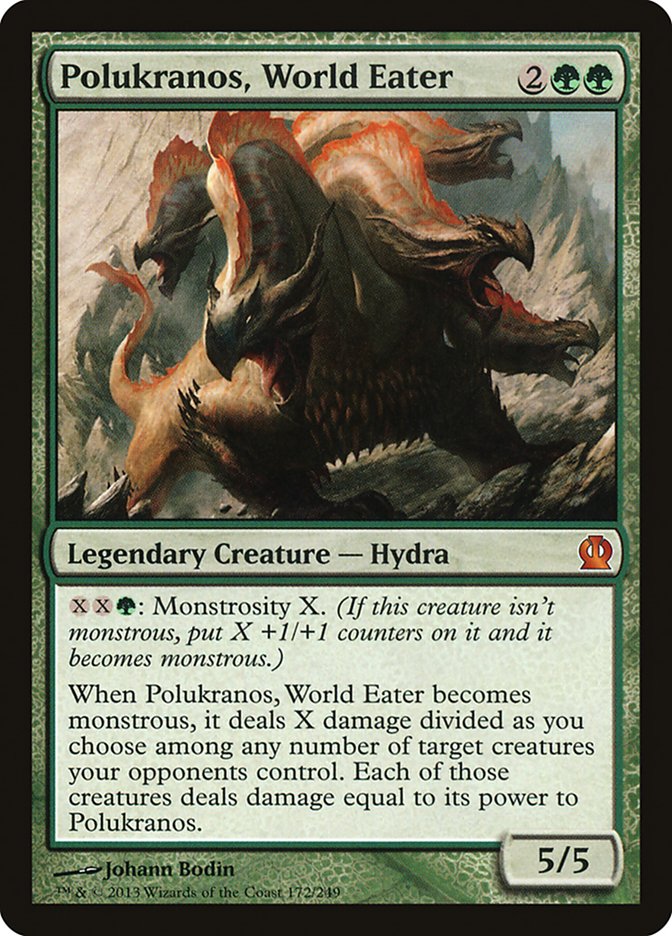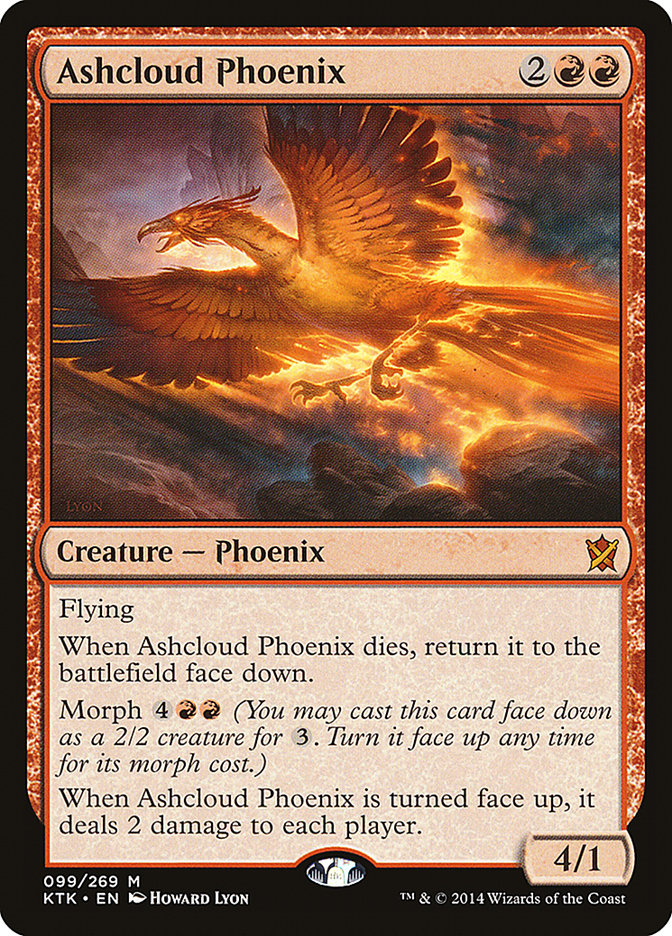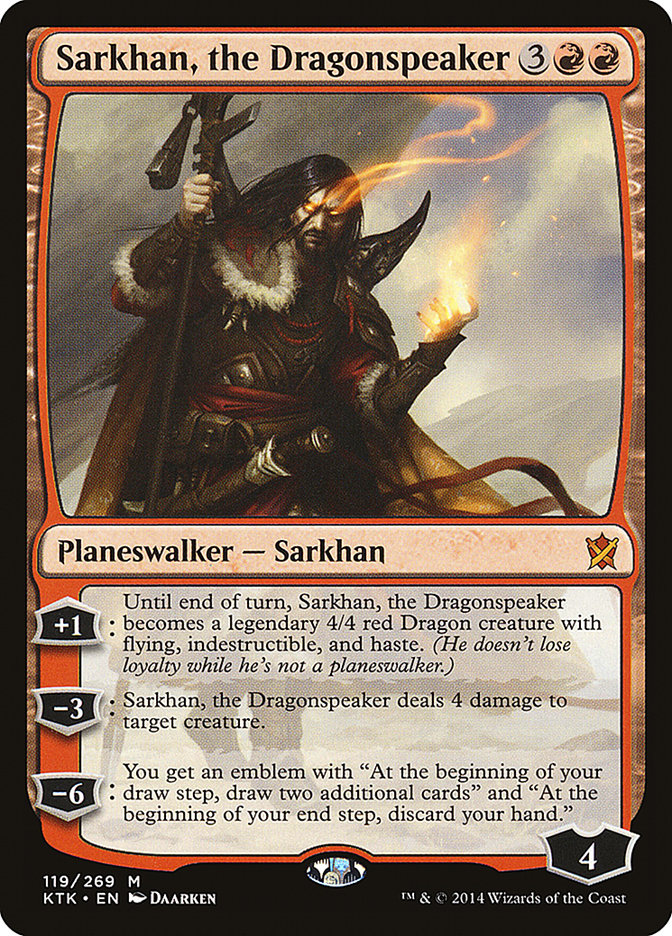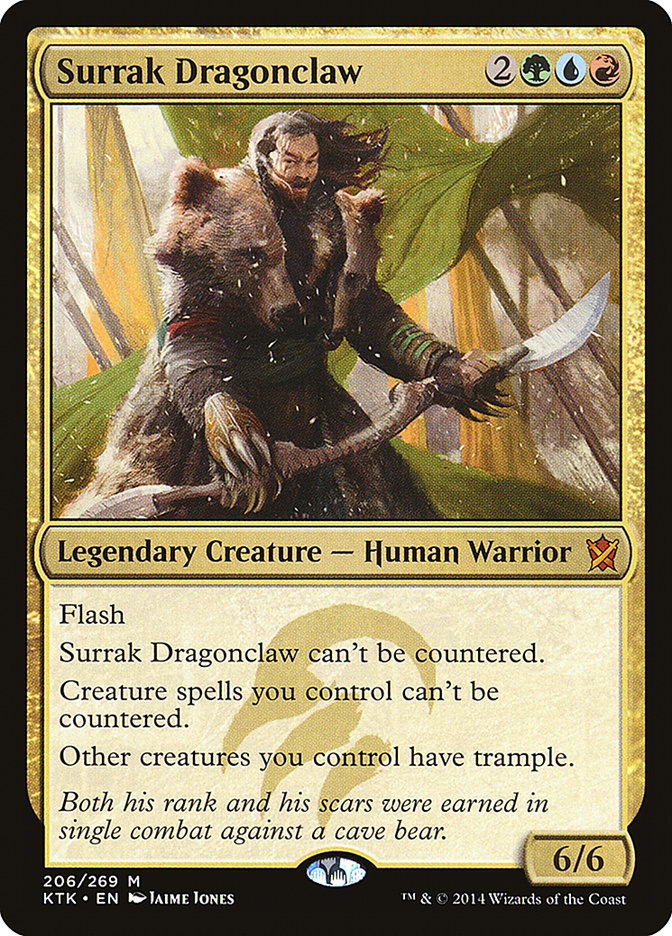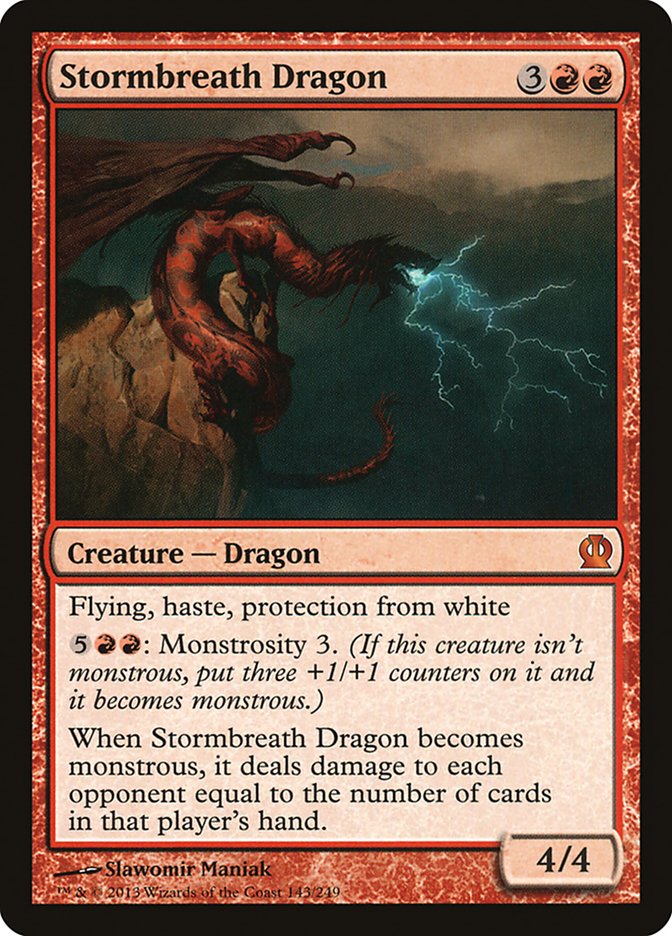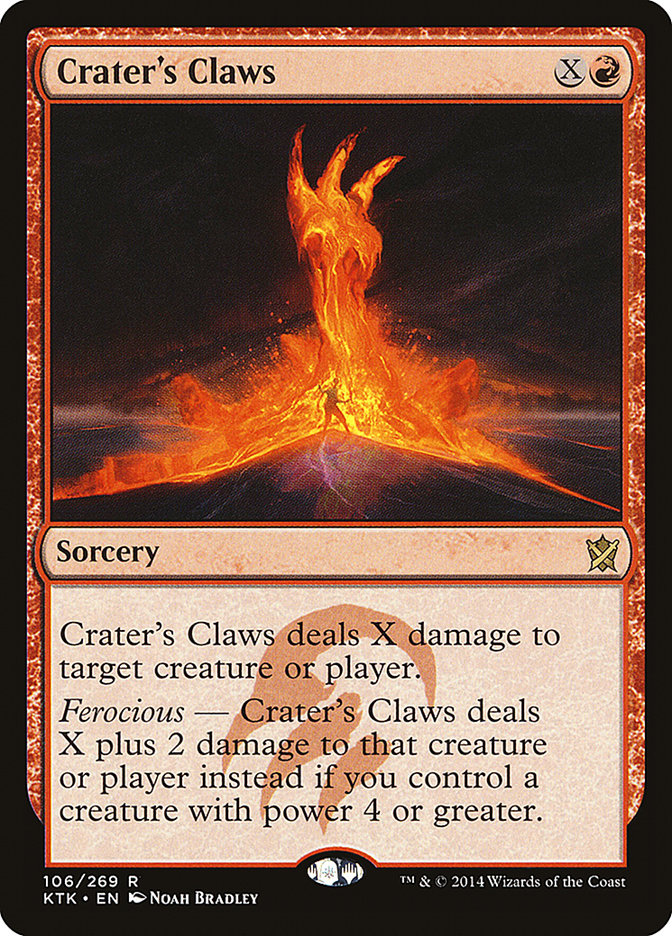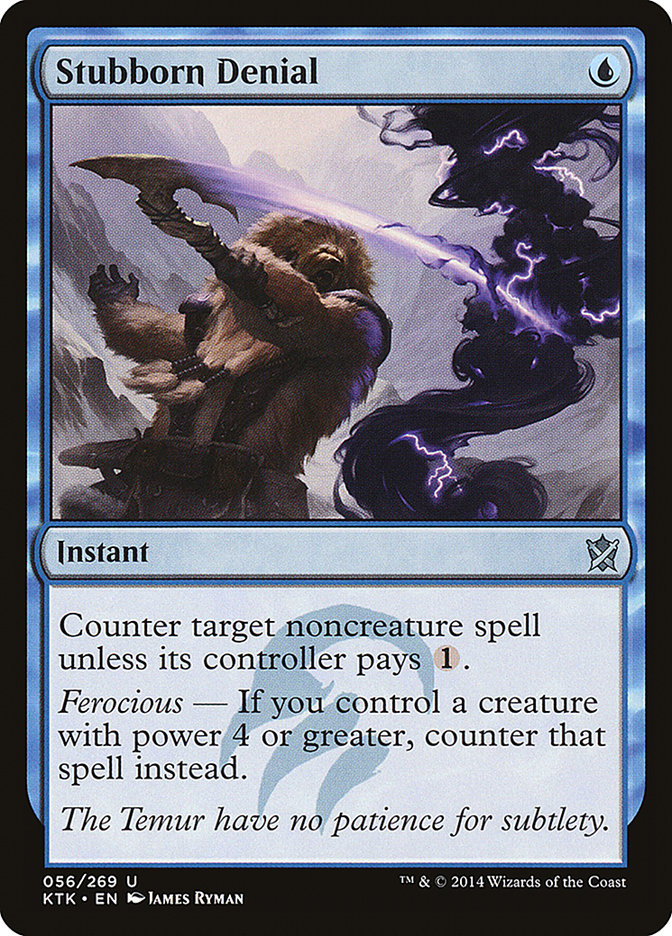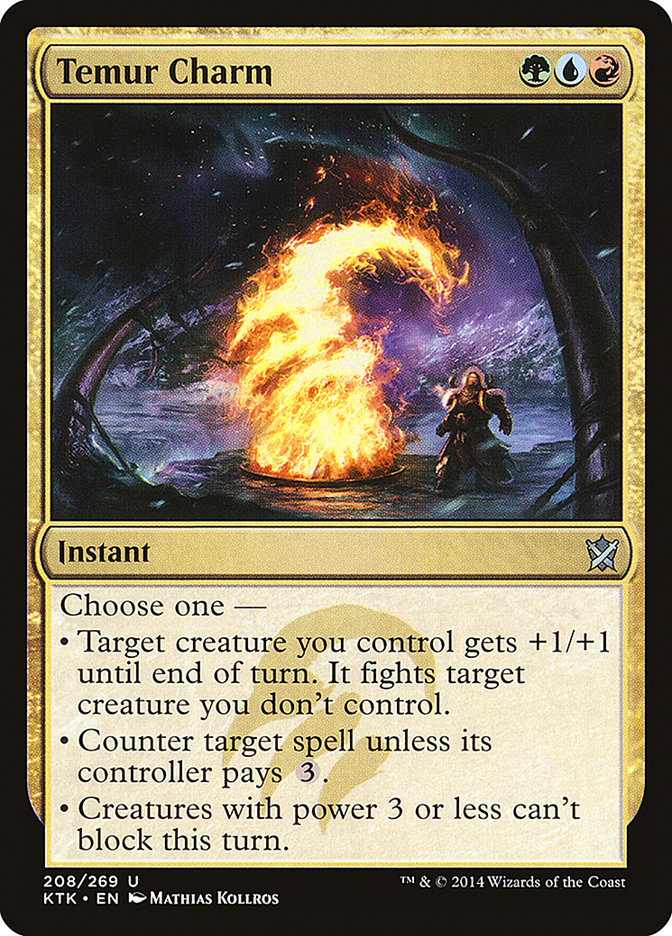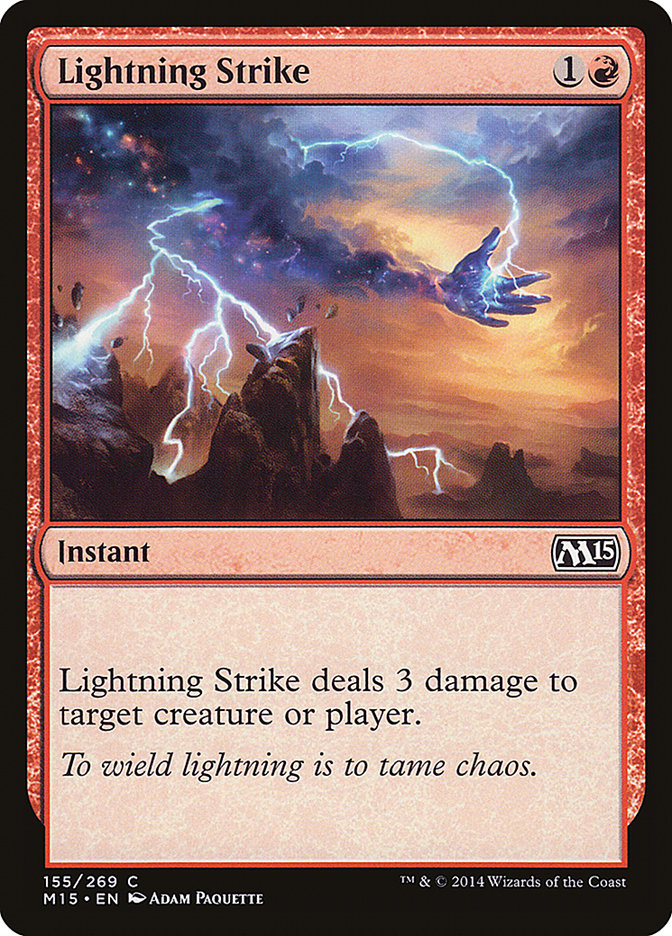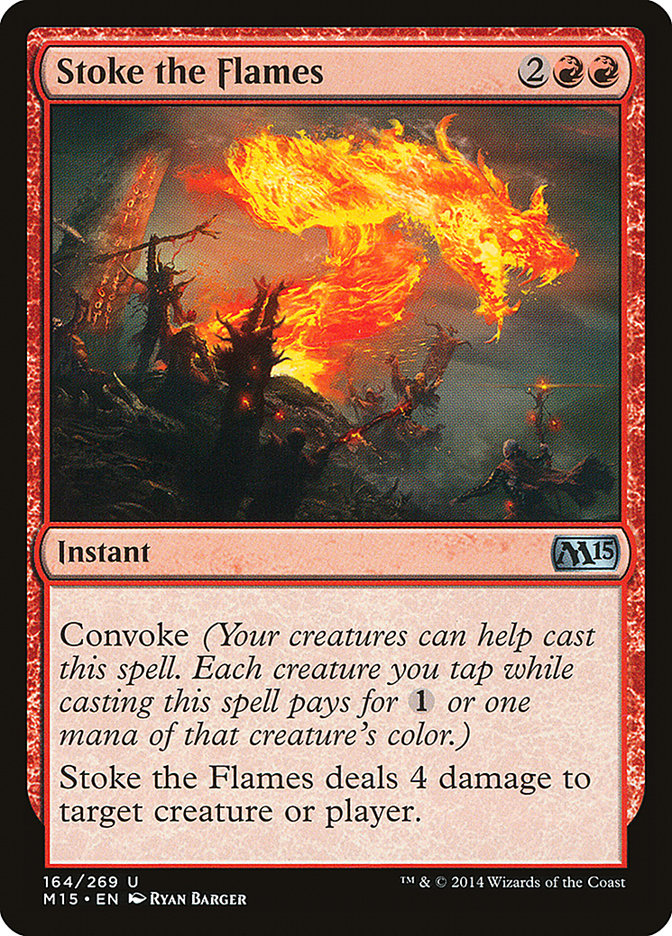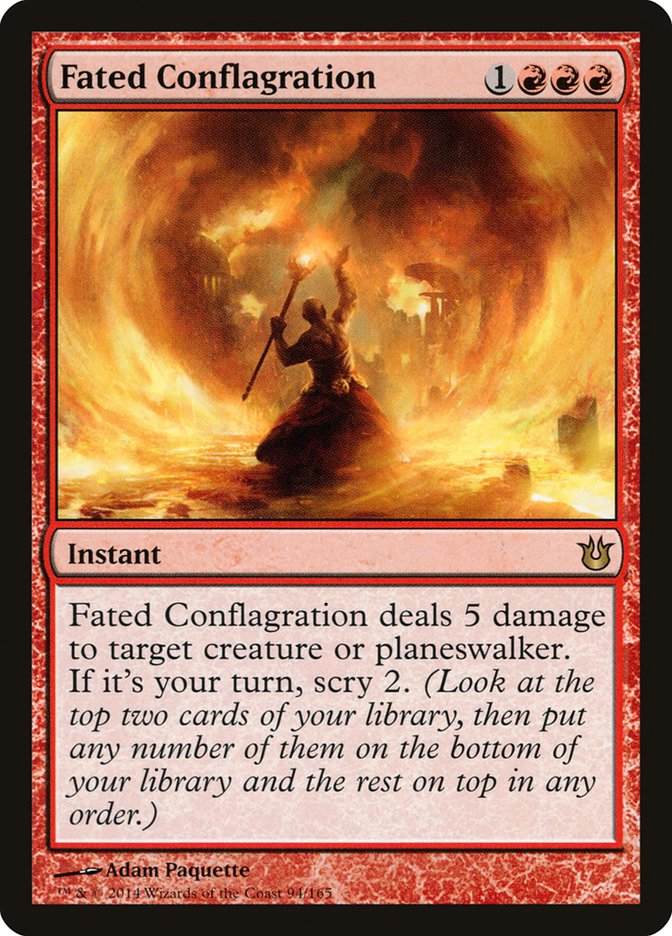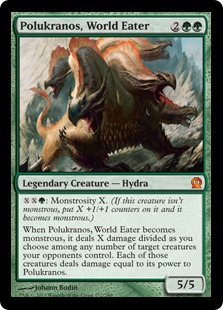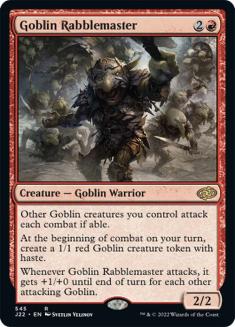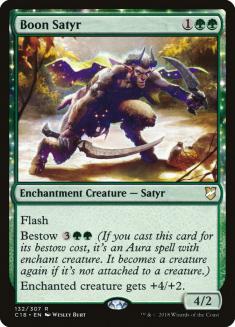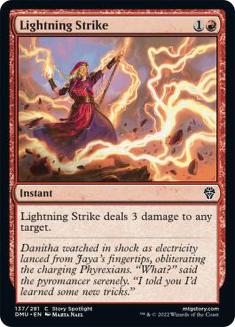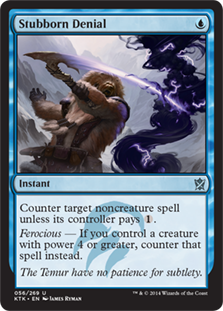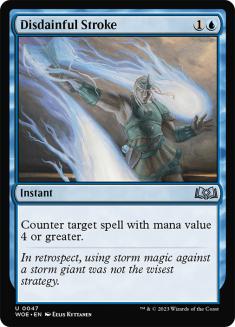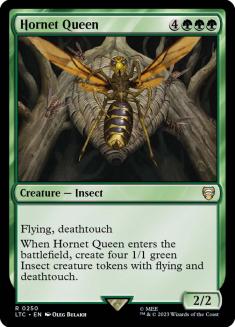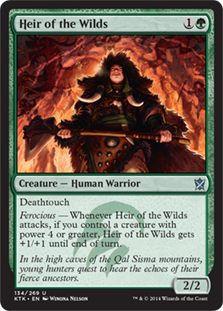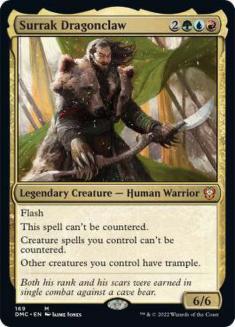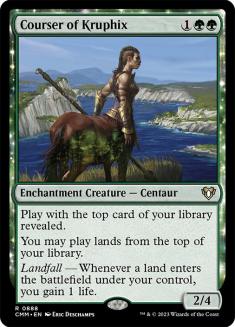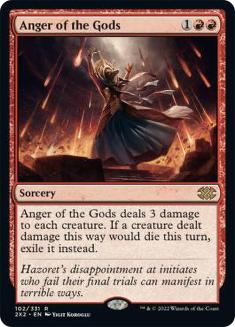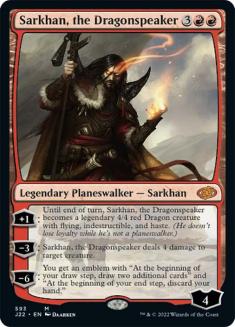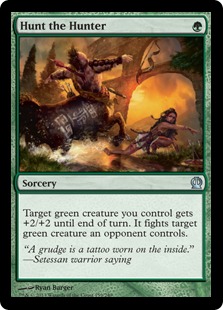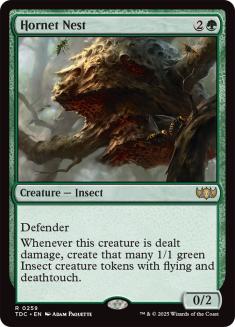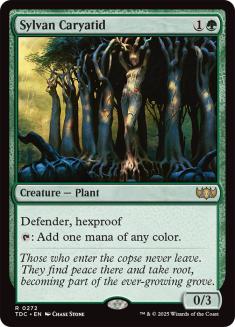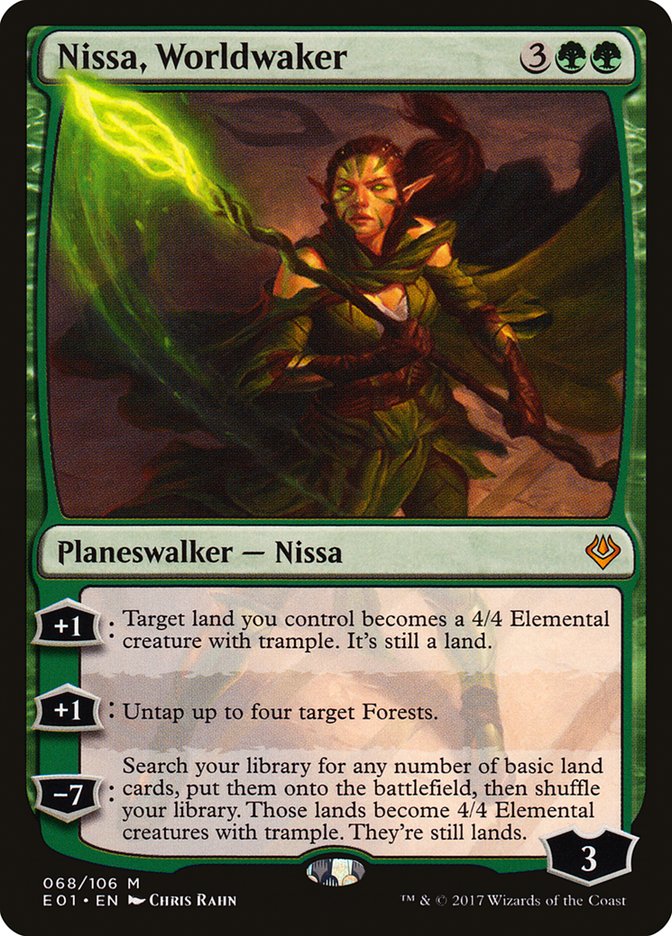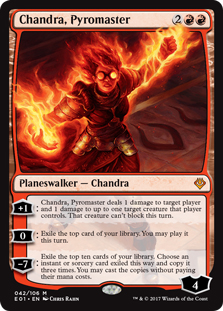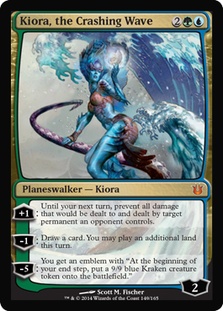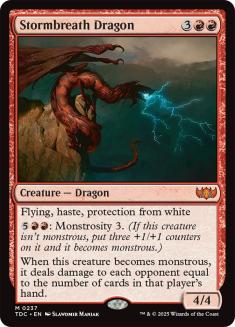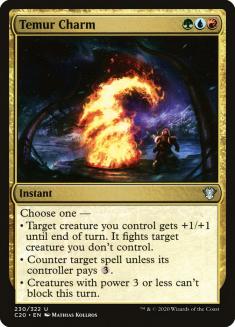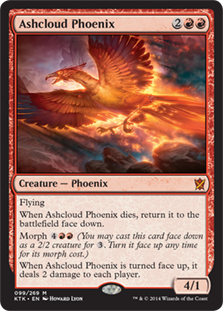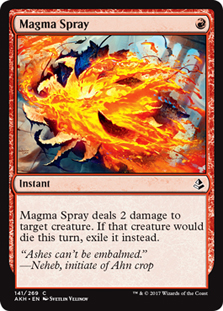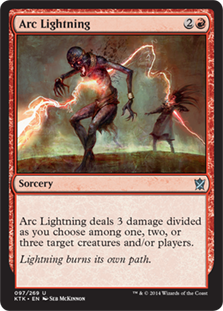Hit ’em hard, and hit ’em fast.
Monsters strategies have been prevalent since before it was called Monsters. Green-based midrange decks with a focus on attacking is the name of the game,
and it really started taking shape when Hellrider, Ghor-Clan Rampager, and Thundermaw Hellkite were the big threats of the format.
When Return to Ravnica block was introduced, we got Domri Rade, the number one biggest influence of green-based aggressive decks for its entirety in
Standard. The control deck’s worst nightmare would go on to leave a lasting impression of what monsters decks would look like, even today.
When you’re building a monsters deck, you’re putting yourself in the midrange category, through and through. The difference between this and other midrange
decks is what your plan is when you’re developing your boardstate. Unlike midrange decks like Abzan and Mardu, your general plan is to convert any
positioning and resource into damage as much as possible. The different builds determine how that’s done and will often define what your overall core looks
like, but when it comes to the overall look of things, you’re looking to get in huge chunks of damage. Some decks will attack around, some will attack
above, and some will attack under. Here, we’re attacking straight through your opponent. In a sense, you’re a muscle car instead of a sports car. A machete
instead of a pocket knife. A gaming PC instead of a gaming console.
Oh snap!
What Flavor?
There’s two major directions you can go with Monsters: G/R and Temur.
G/R boasts a very stable manabase, a robust creature suite, and some options to go a bit deeper on the colors (Think Hornet Queen or Fated Conflagration).
You also don’t have as much of a worry when it comes to hitting colors on time, as many of the creatures that require double colors are either four-drops,
or are just as threatening regardless of timing. You also host a wider array of creature packages than Temur, despite not having the third color; this is
because of the almost forced card choices that Temur gives you.
With Temur, you gain the most straight up power because of Savage Knuckleblade. You also gain a nearly unmatched tempo plan with the addition of Temur
Charm and Stubborn Denial, and a slew of utility cards, especially in the sideboard. With all this power you’re committed to playing very painful and
sketchy mana. Anything that’s attacking lower than you is a disaster for you because every two damage you take from your own sources is a turn lost, and
every creature of yours that gets blocked, killed, or stunned with Hammerhand is a virtual card and a half lost. The other issue with your deck is
stability. You’re very prone to erratic draws, and there will be games where you’re wrestling with your own cards rather than your opponent’s life total.
You’re essentially playing a bad Delver deck with bad Mana Leaks, bad Force Spikes, and awkward mana that hurts, but even a bad Delver deck is insane when
it gets going.
All About That Base
4 Elvish Mystic/three to four other mana accelerants:
This is what gets you started. Many of your major threats are expensive, and getting to jump the curve and deploy them ahead of schedule is a very big
deal. The drawback to this is that you have to play creatures that are pretty unimpressive after the early game, and in the case of Sylvan Caryatid, can’t
even get in any chip damage. That said, the upside is so high that you’d be hard pressed to skimp on these just because of that problem. Play many and
don’t look back.
The middle crew:
The meat of the deck lies in the three-drops and cards that either support or are supported by them. If you’re Temur, Savage Knuckleblade is a four-of.
Always. Aside from that, you can have two or three of the four primary three-drops in assorted numbers. Boon Satyr gives you the most straight up power,
while Rabblemaster has the most upside if left uncontested. Courser of Kruphix helps your bad matchups a ton while also being a nice way to help maintain
stability. There are different perks to different combinations as well. Rabblemaster gets better with Boon Satyr, Boon Satyr and Courser let you switch
gears with ease, and Courser and Rabblemaster give you the equivalent of a football bootleg where your position isn’t what either initial play leads your
opponent to believe. What combination is best will change from tournament to tournament. If there’s a lot of Abzan, then Rabblemaster and Boon Satyr is
your best shot. If Jeskai is big, then Courser and Boon Satyr. If the field is unknown or open, then Courser and Rabblemaster is the way to go.
Fours:
Polukranos, World Eater and Ashcloud Phoenix are your choices at the four. Polukranos is more powerful against Jeskai merely because it’s huge and cheap.
Ashcloud Phoenix is more useful overall, being a three, four, six, and nine-drop (and being a great attacker and a pretty good blocker as well). Neither
are particularly fantastic against Abzan, so if you’re trying to beat specifically that, then I’d just shave on them and add more threes or fives.
The big ones:
Choose two out of three. Stormbreath Dragon demands the most attention from your opponent but is pretty poor if they have an answer. Sarkhan gets around
most things that Stormbreath can’t but doesn’t do anything except attack or maybe kill something. Surrak is ginormous and a solid combat trick, but he
doesn’t get through himself and is poor against a ton of removal in general. Stormbreath in an Abzan and Jeskai field, Sarkhan if the field is open, and
Surrak if Disdainful Stroke is on a high.
Supporting Cast
These are your bouncers for the club you’re trying to establish. You’ll generally have room for eight to ten of these. If you want to maximize your reach
and tempo game, then Crater’s Claws, Stubborn Denial, and Temur Charm is the way. Attrition-based builds can opt for Lightning Strike, Stoke the Flames,
and Crater’s Claws. Fated Conflagration is best used in a G/R shell since Temur Charm covers a lot of what Conflagration does. If you’re trying to protect
against explosiveness, then Stubborn Denial, Lightning Strike, and Temur Charm.
You also have a healthy planeswalker suite. Sarkhan is the leading candidate among them, but the others have merits as well. Chandra Pyromaster is best
with Goblin Rabblemaster as a way to push threats through. Nissa, Worldwaker is perfect in a world of blue-based control decks. Kiora, the Crashing Wave
also excels in said blue control world.
Your lands are a delicate thing in both builds, and if you’re going to maximize your deck’s functionality, you must pay extra attention to them. In G/R,
your color and overall land count (and your mana dork choice) will be determined by how intensive your spells are. For example, if you’re on Fated
Conflagration, then you’re probably going to find a balance with our double green spells, so Sylvan Caryatid will be much more valuable. In Temur, you’re
going to want to maximize your ability to land a Savage Knuckleblade on turns 2 and 3, so going further in on Mana Confluence, playing fewer lands that
enter tapped, and being willing to take the damage to do so.
Sideboarding Options
When sideboarding, it’s much better to have a sideboard that further complements your primary gameplan rather that reactively adding cards that are good
against specific matchups. This means that instead of having that Gainsay for their counterspell, you’re probably better off with an uncounterable
proactive spell, or a card that can pull weight on offense, and on attrition.
VS Abzan
Cards to consider cutting:
Cards to consider adding:
Note that Lightning Strike is in both sections. This is because of how varied the Abzan builds are and how your approach to the matchup is. If you find
Fleecemane Lion to be an issue, then having Strikes can help. If you’re more worried about their top end, then you’re better off investing elsewhere. You
want your creatures to have lasting effects, so vanilla cards like Polukranos can be upgraded or just taken out. Tempoing them out is the key, so finding a
hole then riding that advantage to victory is the primary.
VS Jeskai
Cards to consider cutting:
Cards to consider adding:
Again, the tempo plan is super important, and landing a creature early, while a bit difficult due to the plethora of removal they have for your dorks, will
help a ton. Lightning Strike to halt the Mantis Rider assault alleviates so much pressure to react, and if you’re falling behind, push damage out harder.
There are times where they just might not have the critical mass of burn that they need to kill you, and you’ll more often than not win from that position,
even if it looks bleak. You’re racing, but your burn spells keep burning.
VS Monsters
Cards to consider cutting:
Cards to consider adding:
Get the ground covered quickly while also trying to get as much damage through on the ground as possible, then take to the skies. The matchup seems very
draw dependent, but it’s actually more about deckbuilding and sideboarding. You can go after their dorks early, or you can look to play the big game with
them and go higher. Either way, you’re going to want to get everything you can out of your resources.
VS U/B and U/W Control:
Cards to consider cutting:
Cards to consider adding:
For what is probably your best matchup, you have plenty of options here. If you’re playing Sylvan Caryatid, then cut them. You want to be attacking as much
as possible, and jumping them isn’t as important.
VS Aggressive Decks
Cards to consider cutting:
Cards to consider adding:
These matchups are bad. Really bad. And taking the hard control route has been my plan. Most of the expensive stuff isn’t worth keeping in since you can
kill with a fair number of your remaining creatures. If you’re up against the black Aggro deck, then enchantment hate is recommended. Mono-Red can get hit
by Stubborn Denial if you want to hedge against Stoke the Flames. If you have the option to curve out or take less pain, I’d probably just curve out. Make
them have it and hope you don’t die.
What List Are You Playing?
I don’t know!
Lists change every tournament. What worked one week may not work the next, and it’s important to always stay on top of things. Standard moves way too
quickly to settle on one list, and a whole lot can change in the span of a week. I highly recommend getting a feel for the different builds and making a
decision on your own.
What flavor of Monsters is your favorite?

